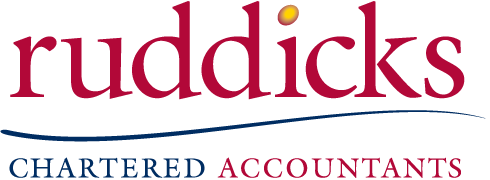Downsizing super contributions
One of the ‘housing affordability’ measures that has recently been legislated is the introduction of a new, ‘downsizing’ superannuation contribution type, which allows older Australians to contribute some or all of the proceeds of the sale of their family home to superannuation.
From 1 July 2018, people aged over 65 are able to make an additional contribution of up to $300,000 into superannuation when they sell their home which they have held for at least 10 years. Both members of a couple can take advantage of this measure, meaning up to $600,000 of contributions may be made by a couple from the proceeds of selling their home. The amendments apply to proceeds from contracts for the sale of a main residence entered into (exchanged) on or after 1 July 2018.
The following eligibility conditions apply:
- The sold property must have been owned for at least 10 years either by the individual making the contribution, or their spouse (or former spouse), or jointly with the spouse;
- The sold property must have qualified as a main residence in Australia;
- The contribution must be made to a complying superannuation fund by a member who is 65 or older;
- The member has not previously made a downsizer contribution;
- The amount contributed is the lesser of capital proceeds from the sale of the residence, or $300,000;
- The contribution must be made within 90 days of ownership change (typically this means settlement);
- The downsizer contribution must be reported to the super fund either prior to, or at the time of making the contribution, using the prescribed downsizer contribution form.
As with all tax concessions, there are also a few tips and traps to watch out for!
- When calculating how much you can contribute from the sale of a property, the capital gains tax definition of ‘capital proceeds’ applies, and this means that any debt outstanding on the mortgage over the property is not relevant for the purposes of calculating ‘capital proceeds’. This means that effectively you may be able to contribute a higher amount than the net cash proceeds from the sale of the property;
- Downsizer contributions are not tax deductible;
- They are not counted towards either the concessional or the non-concessional caps;
- Unlike with the non-concessional contributions, you can make downsizer contributions even if your total super balance is above $1.6m (however, only $1.6m in total can be put into the pension phase, that remains unchanged);
- There is no upper age limit and there is no ‘work test’ required to be able to make the downsizer contribution, BUT…
- As this a brand new type of contribution, many Self Managed Superannuation Fund (‘SMSF’) deeds will not have yet been updated to allow the fund to accept this type of contribution, even if all the above eligibility criteria can be met – it is therefore crucial to review your SMSF deed prior to making a downsizer contribution and ensure the deed is updated if required;
- You should bear in mind that selling your main residence and contributing the proceeds to your super fund by way of a downsizer contribution may adversely affect your Centrelink entitlements such as the Age Pension. This is because the family home is generally excluded from the Centrelink’s assets test, but superannuation is included once you reach pension age. You may wish to obtain advice from a licensed financial adviser before making the downsizer contribution to ensure that you understand how your Age Pension payments will be affected.
Should you wish to discuss your eligibility for the downsizer contribution or obtain further details in relation to it, please contact your Ruddicks adviser.
DISCLAIMER:
Liability limited by a scheme approved under Professional Standards Legislation.
The content of this newsletter is general in nature. It does not constitute specific advice and readers are encouraged to consult their Ruddicks adviser on any matters of interest. Ruddicks accepts no liability for errors or omissions, or for any loss or damage suffered as a result of any person acting without such advice. This information is current as at 1 June 2018, and was published around that time. Ruddicks particularly accepts no obligation or responsibility for updating this publication for events, including changes to the law, the Australian Taxation Office’s interpretation of the law, or Government announcements arising after that time.
Any advice provided is not ‘financial product advice’ as defined by the Corporations Act. Ruddicks is not licensed to provide financial product advice and taxation is only one of the matters that you need to consider when making a decision on a financial product. You should consider seeking advice from an Australian Financial Services licensee before making any decisions in relation to a financial product. © Ruddicks 2018

